Mexican west coast rattlesnake: one of the largest rattlesnakes in the world
One Earth’s “Species of the Week” series highlights the flagship species of each of the 844 unique ecoregions contained within Earth’s bioregions.
Slithering across Mexico’s west coast is a species that will warn one immediately if they are too close. The Mexican west coast rattlesnake (Crotalus basiliscus), or Mexican green rattler, is one of the largest rattlesnakes worldwide.
Its specific name, basiliscus, comes from the Greek word meaning ‘king’ due to its size and potent venom. The Mexican west coast rattlesnake uses both to keep small mammal species balanced in its ecosystem.
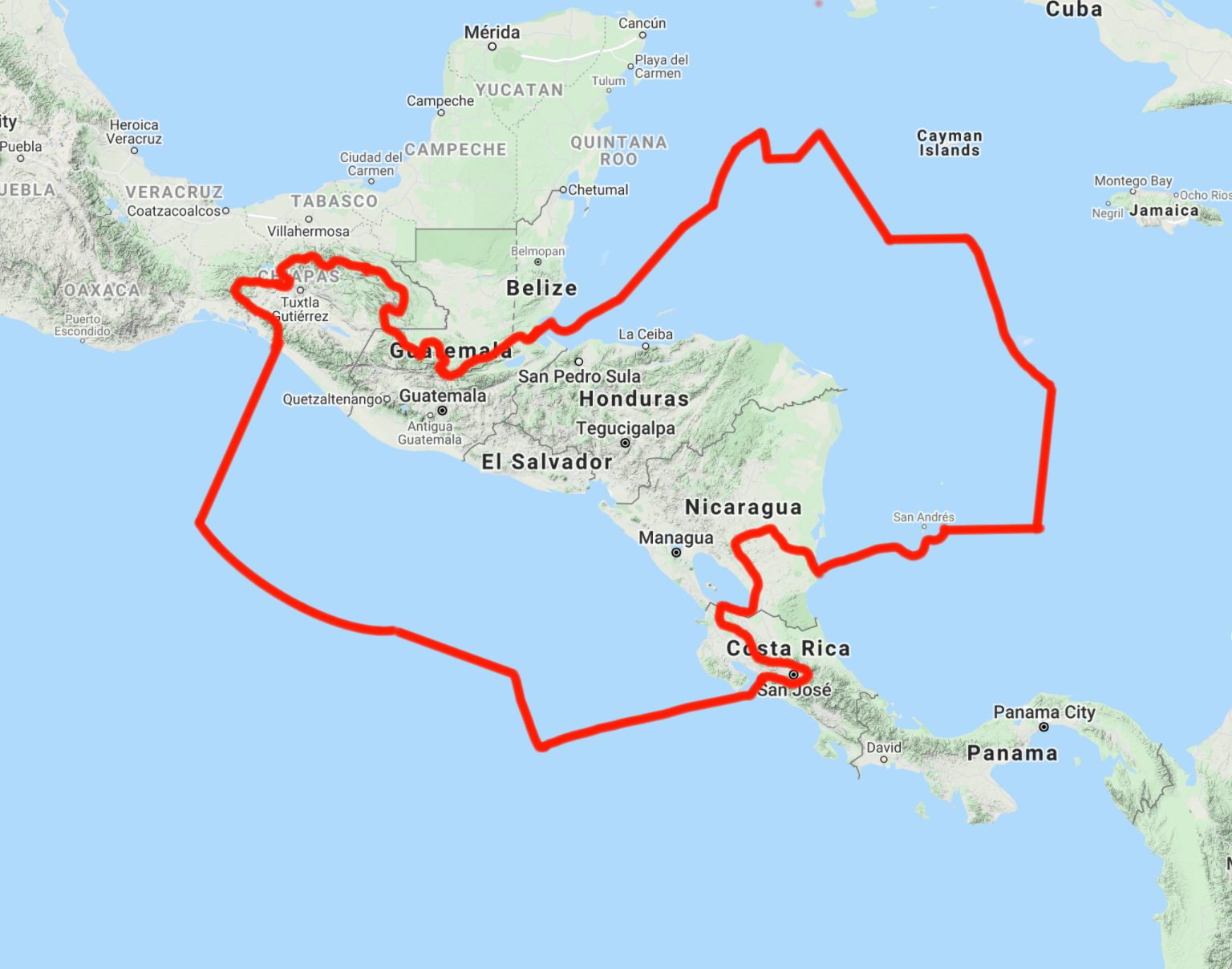
The Mexican west coast rattlesnake is the flagship species of the Chiapas Depression Dry Forests ecoregion, located in the Central American Mixed Forests bioregion (NT25).
King of the coast
Quite massive in size, Mexican west coast rattlesnakes can exceed half a meter (4.9 ft) in length. The largest ever recorded was over two meters (6.71 ft).
Overall, the snake is brownish olive green, which helps them blend into the dry forest vegetation. Along its robust body, individual scales can be a mixture of darker to lighter shades, giving a unique pattern to each individual. Within its range, it is the only rattlesnake with diamond-shaped markings.
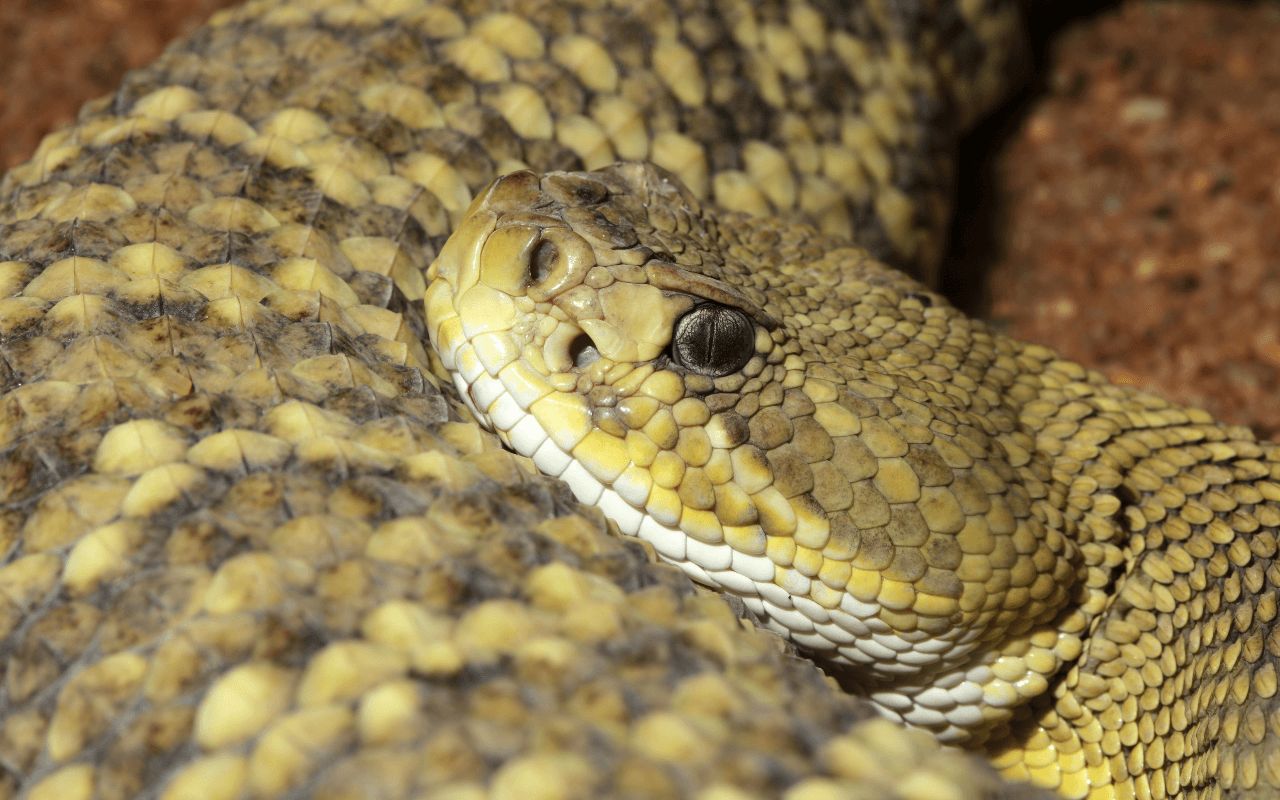
Mexican west coast rattlesnake. Image credit: Ben185, Creative Commons
Their sixth sense
Like all rattlesnakes, the Mexican west coast rattlesnake is part of the subfamily Crotalinae, commonly known as pit vipers. These snakes are distinct for having a cavity between the eye and the nostril on both sides of the head where a heat-sensing organ is located.
This organ gives the snakes a sixth sense helping them find warm-blooded prey and perhaps even giving them the ability to judge the animal's size before striking. In experiments where the snakes were deprived of sight and smell, they struck accurately at moving objects less than 0.2 °C (0.36 °F) warmer than the background.
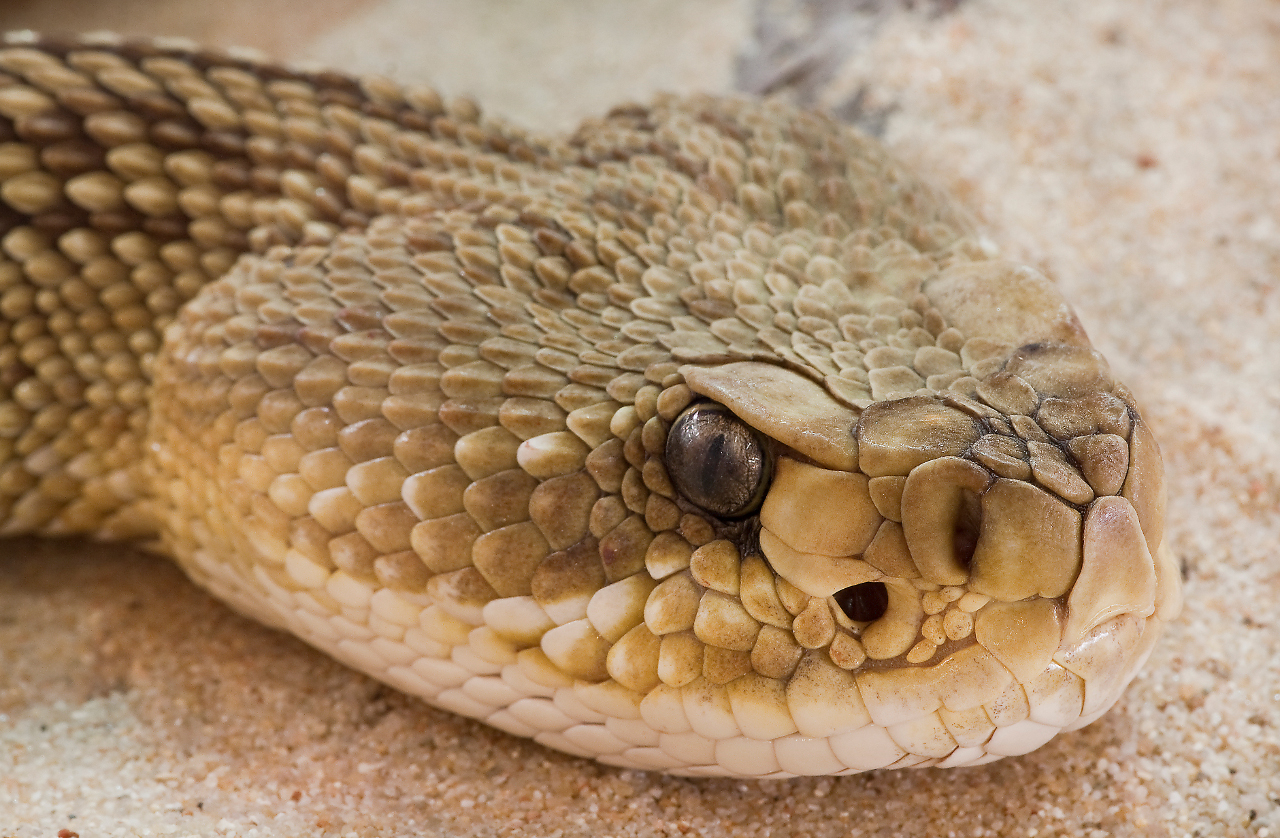
Mexican west coast rattlesnake (Crotalus basiliscus). Image credit: Frupus, Creative Commons
A killer bite
The Mexican west coast rattlesnake also has another evolutionary feature that makes it a fierce predator, its bite. Their venom contains Mojave toxin, one of the most lethal components found in US snakes, and proteases, enzymes that break down protein.
An ambush predator, the Mexican west coast rattlesnake, waits patiently, camouflaged into its habitat, for unsuspecting prey. Yet, when it comes to humans or animals much larger than themselves, the snakes will shake their tails made of keratin, the same hard substance as fingernails, to advise not to get too close.
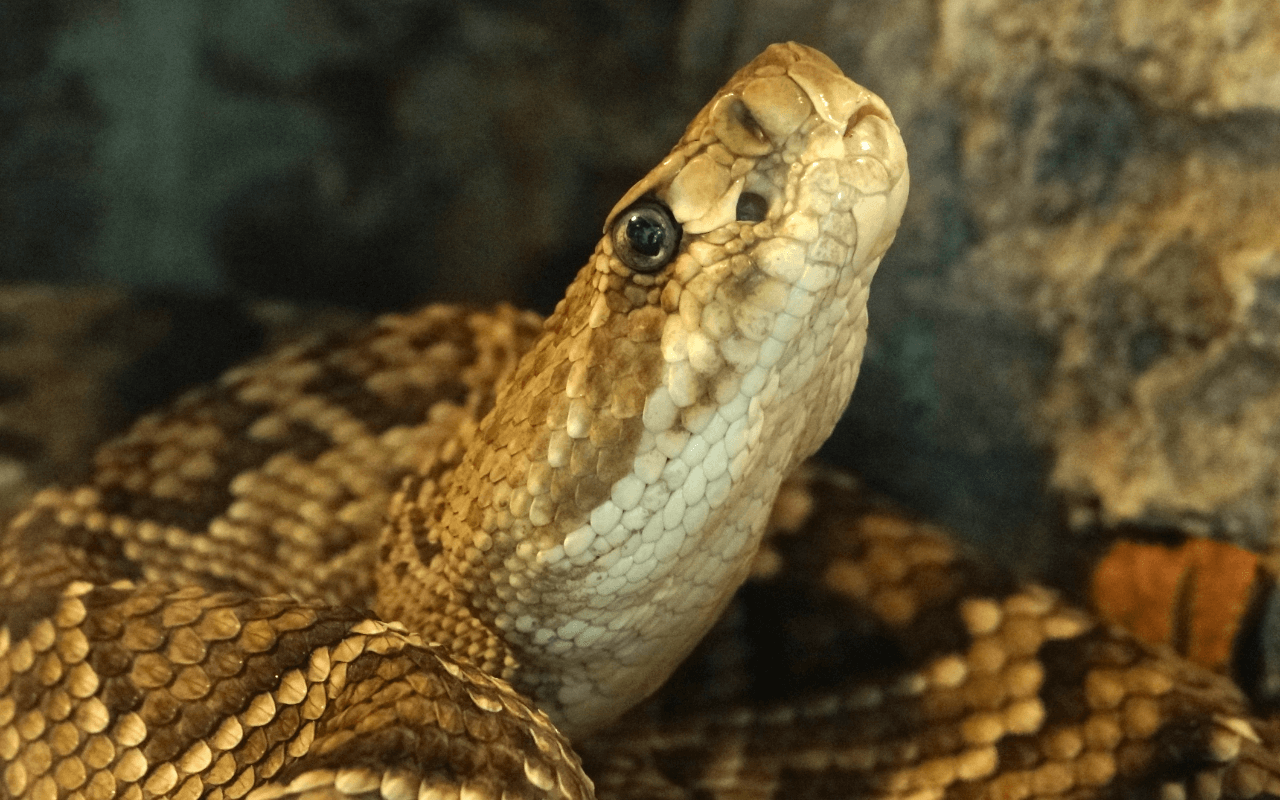
Close up of Mexican West Coast Rattlensnake face. Image credit: Creative Commons
Natural rodent control
While their diet hasn’t been well recorded, the stomachs of seven specimens have been observed containing rodent hair. It is thought then that the Mexican west coast rattlesnakes feed on various small mammal species in their ecosystems like mice, rats, rabbits, and voles.
By feeding on these populations, the Mexican west coast rattlesnake keeps them in balance. Without the presence of the snakes, the rodent population would overrun and ultimately destroy the habitat with overfeeding.
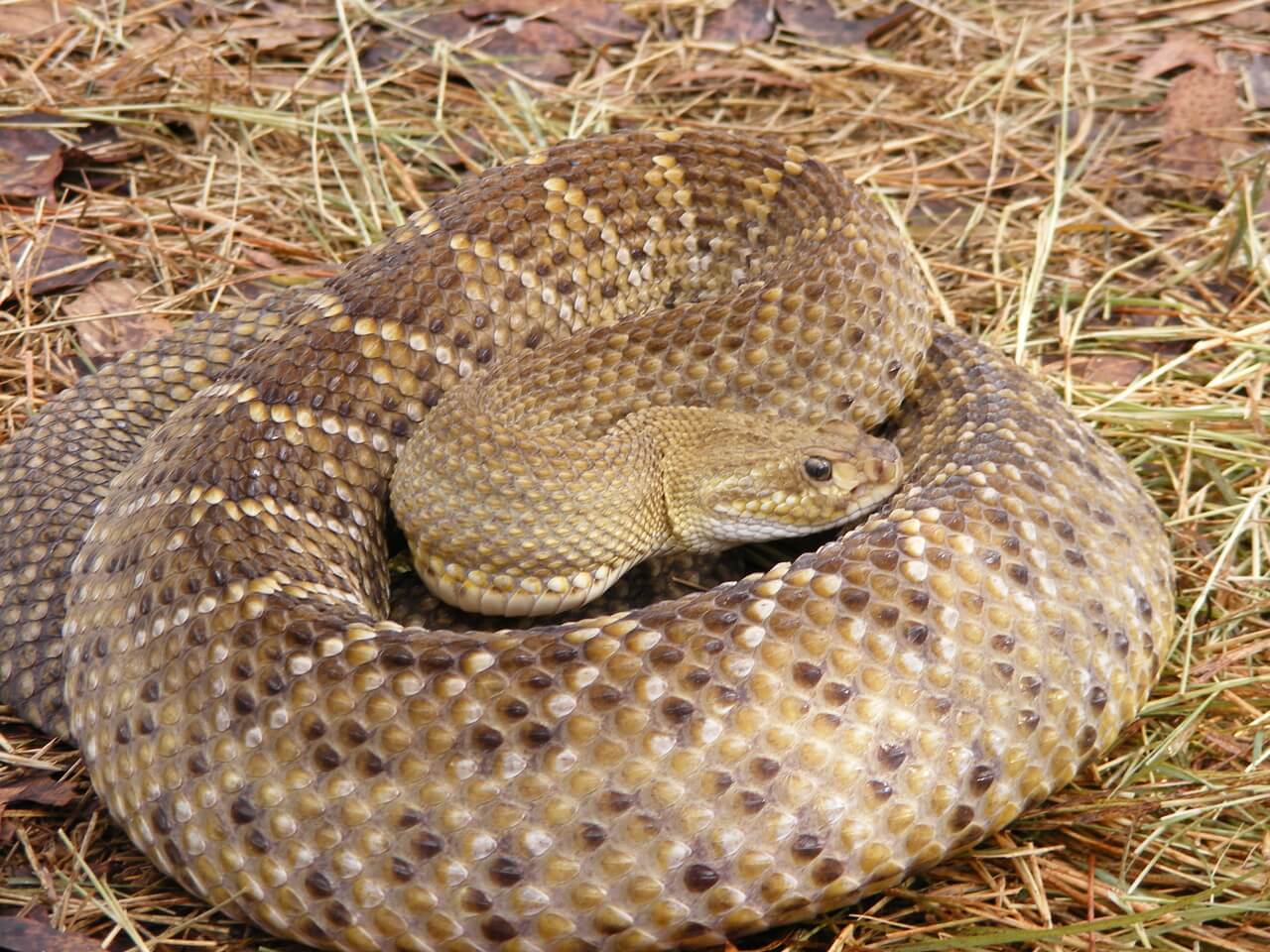
Coiled Mexican West Coast Rattlensnake. Image credit: John, Creative Commons
Migrating climates
Currently, the Mexican west coast rattlesnake is of Least Concern in conservation status. However, due to climate change, many snakes worldwide are migrating. As temperatures rise and severe weather events ensue, their habitats are becoming unlivable.
Searching for new homes puts rattlesnakes and humans at risk of conflict and other environments in danger of introducing an unknown predator. By spreading awareness about the effects of the climate crisis and pushing for policy change to fight it, our planet’s unique biodiversity can be saved, including the king of the west coast, the Mexican rattlesnake.
Interested in learning more about the bioregions of Central America? Use One Earth's interactive Navigator to explore bioregions around the world.
Launch Bioregion Navigator.jpeg?auto=compress%2Cformat&w=1440)


